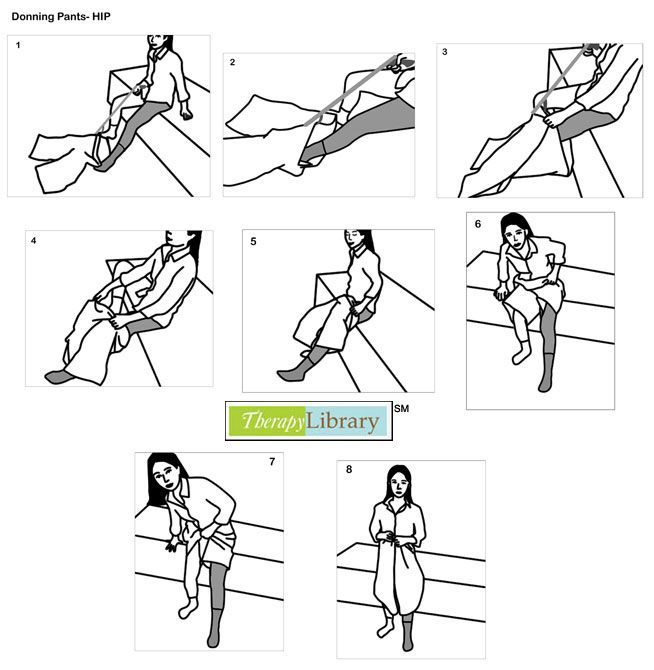After the initial evaluation you and your physical therapist will be able to initiate a plan of treatment for your hip.
Physical therapy evaluation after hip replacement.
Following a hip replacement physical therapy will help to restore the joint motion and strength.
Shortly after your surgery a physical.
Initially therapy begins in the hospital the day after your surgery.
Whatever setting you are in after your thr from the hospital or the outpatient clinic a physical therapist can help you get back to your normal lifestyle along the way.
Nerve blocks or no nerve blocks for pain control after elective hip replacement arthroplasty surgery in.
A total hip replacement is a surgical procedure in which both damaged surfaces of the hip joint are replaced with prosthetic substitutes.
It was first performed in the 1960 s and is said to be one of the most successful surgeries in the last few decades.
The therapist may use physical agents like heat or ice help with inflammation.
The therapist will teach you how to properly move around in bed get out of bed get into the shower and car go up and down a step and walk with crutches or a walker.
Passive treatments like heat or ice may feel good but active engagement in your pt program through exercise has been proven to be the best.
There are several surgical approaches to hip replacement surgery and each.
Experts say that physical therapy plays a vital role in recovery after hip replacement.
Outpatient physical therapy is usually your final step before returning to full function after a total hip replacement.
Patients will have physical therapy before the hip replacement surgery and then work with a physical therapist right after the surgery to reinforce exercises before they go home says thakkar.
It also helps you to begin moving safely.
It was called the operation of the century in an article published in the lancet in 2007 as a result of the excellent outcomes achieved.
And this new study of 77 patients found they obtained similar results no matter which therapy option they.
A physical therapist might help you with exercises you can do in the hospital and at home to speed recovery.
Rehabilitation will continue a few days after the surgery with visits with physical and occupational therapists two to three times per week as.
During this preoperative evaluation is a good time for you to ask questions about the procedure.









